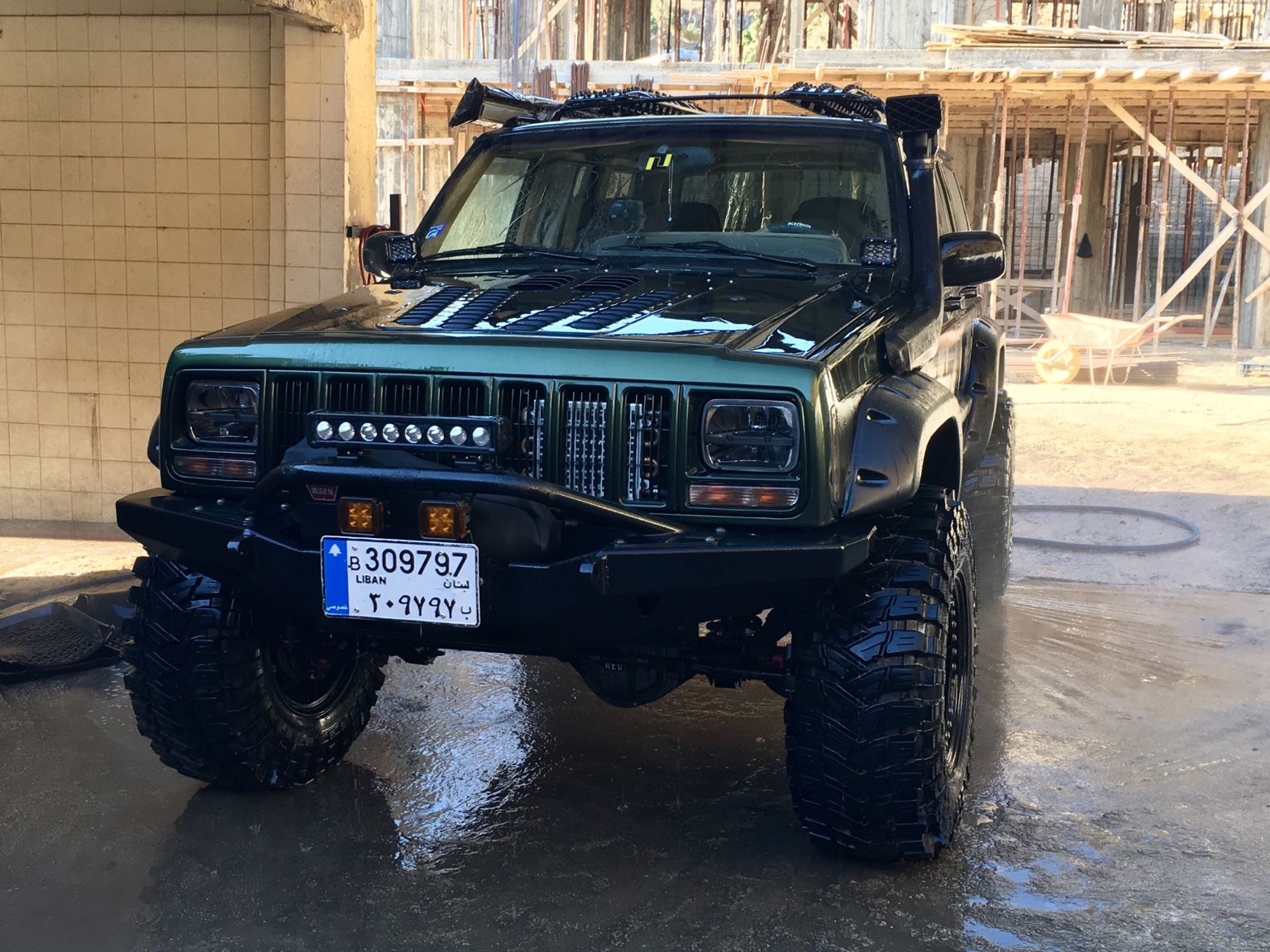There's another spot I examined as well though. For some reason all the other kits are using a high angle drag link style end for the joint that connects to the tie rod. Normally if you were connecting to the knuckle you'd need this kind of joint because of the angles it sees, however since the joint is rotated 90 degrees in this setup you don't need that extra movement. All of your up/down angle is now simply rotating the joint, rather than flexing it. What happens with a high angle joint there now is that the extra TRE flexibility is translated into more roll of the tie rod, which is felt as a dead spot in the steering. I instead used a Tie Rod style end at that point, which is more limited in its travel. Since this end is more limited in its motion it also limits how much the tie rod can roll. It also comes with the bushing style boot described above to further limit unwanted movement.

















